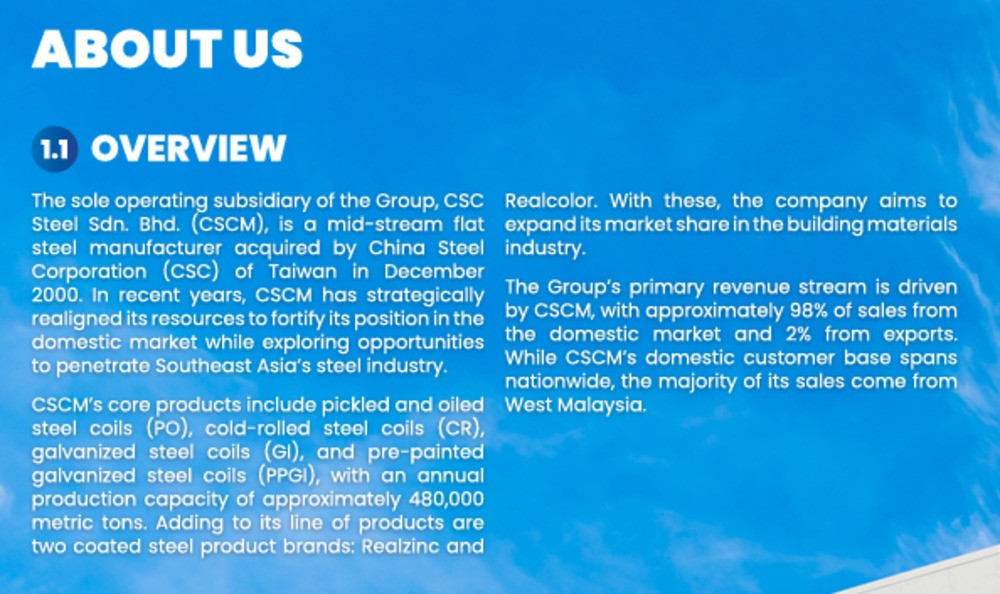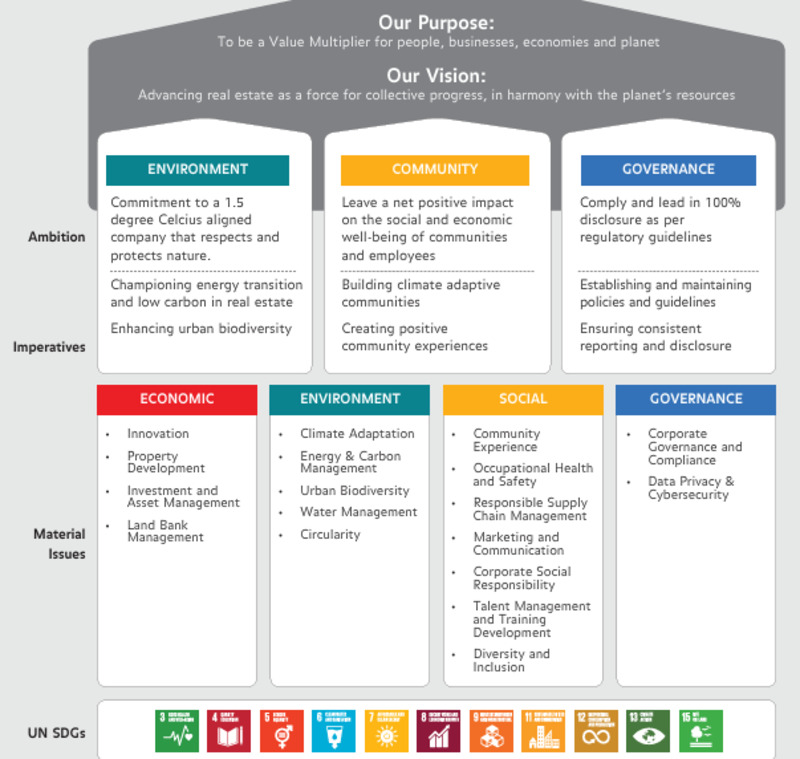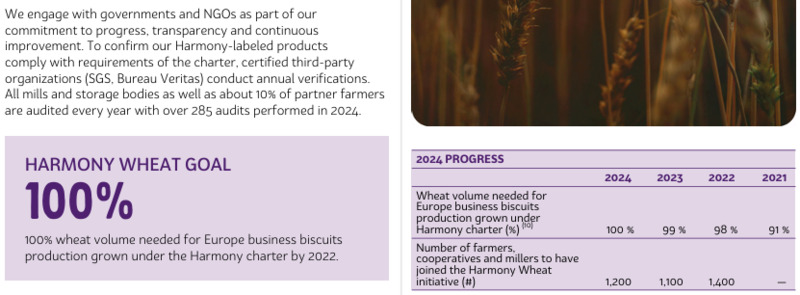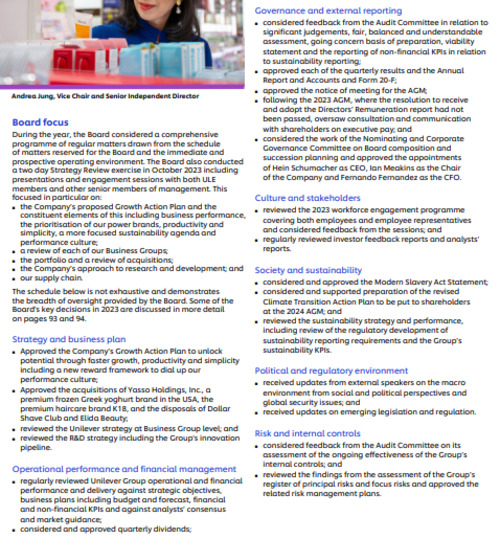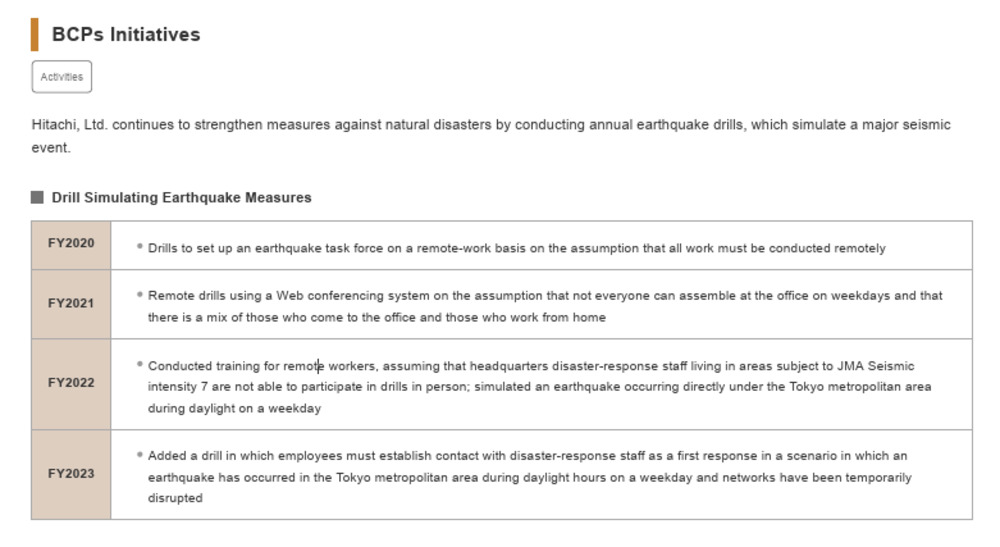
How To Apply for GDPMD License In Malaysia?
July 15, 2025
Boosting Efficiency by 30% Using ISO 9001 for Manufacturing Malaysia
November 24, 2025As businesses face increasing pressure from investors, regulators, and consumers, adopting an ESG framework is becoming essential for long-term sustainability.
This article explores what the ESG framework is, its importance, how Malaysian companies can obtain ESG certification, and best practices for reporting, all of which contribute to building a responsible and future-ready business.
Key Takeaways
- The ESG framework enables businesses to evaluate their environmental, social, and governance performance.
- Using an ESG framework improves your company’s image, attracts investors, and builds long-term success.
- ESG certification is achieved through selecting the right framework, expert collaboration, and completing a third-party audit.
- An ESG report reflects your company’s sustainability journey, using data and clear objectives to highlight progress.
Understanding the ESG Sustainability Framework

An ESG framework is a structured set of guidelines that businesses use to measure and manage their performance in three key areas: Environmental, Social, and Governance.
It helps companies assess their impact on the environment, promote fair social practices, and ensure transparent and responsible governance.
Implementing an ESG framework helps businesses meet ethical standards, drive positive change, and enhance their reputation for sustained success.
Why Your Business Can’t Afford to Ignore the ESG Framework

Adopting an ESG framework allows businesses to address environmental, social, and governance factors that impact long-term growth.
It helps mitigate risks while meeting the expectations of regulators, consumers, and investors.
By focusing on ESG, companies improve their reputation, attract responsible investments, and create new opportunities for the future.
Embracing this approach ensures businesses stay adaptable and successful in a rapidly changing world.
How to Get ESG Certification in Malaysia: A Step-by-Step Guide

Getting ESG certification in Malaysia involves a clear, structured process that aligns your business with international sustainability standards. Here’s how you can achieve it:
Step 1: Define Your ESG Objectives
Begin by determining the specific goals your company wants to achieve within the Environmental, Social, and Governance areas. This can range from reducing carbon emissions to improving employee welfare.
Step 2: Select the Right ESG Framework
Choose the appropriate ESG framework based on your industry and business needs. Common frameworks include GRI (Global Reporting Initiative) or SASB (Sustainability Accounting Standards Board), which provide guidelines for reporting and performance measurement.
Step 3: Partner with an ESG Consultant
Work with an expert consultant to guide you through the certification process. They will assist with conducting a materiality assessment, identifying key areas for improvement, and developing a tailored ESG strategy.
Step 4: Assess Your Current Practices
Evaluate your business’s current practices against ESG criteria. This step involves data collection, internal audits, and identifying gaps that need to be addressed.
Step 5: Implement Changes and Set Goals
Based on your assessment, make necessary changes to your policies, operations, and corporate governance structures. Set measurable goals that align with your ESG objectives.
Step 6: External Audit and Certification
Finally, submit your results for external verification by an accredited body. The audit will ensure that your business meets the required ESG standards for certification.
By following these steps and seeking expert guidance, your business can achieve ESG certification, demonstrating a commitment to sustainability, governance, and social responsibility.
Creating Your ESG Report: Key Insights and Inspiring ESG Report Examples

Preparing an ESG report is an essential part of communicating your company’s commitment to sustainability and responsible governance.
Follow the below on how to create an impactful ESG report, along with parts of ESG report examples to help you get started:
1. Executive Summary
Start with a concise overview of your company’s ESG strategy, key achievements, and overall commitment to sustainability.
This section sets the tone for the rest of the report, offering a snapshot of your ESG journey.
2. Materiality Assessment
Identify the most relevant ESG factors for your business and stakeholders. This could include environmental impact, workforce diversity, or corporate governance practices.
This assessment ensures your report reflects areas that matter most to your stakeholders.
3. ESG Performance Indicators
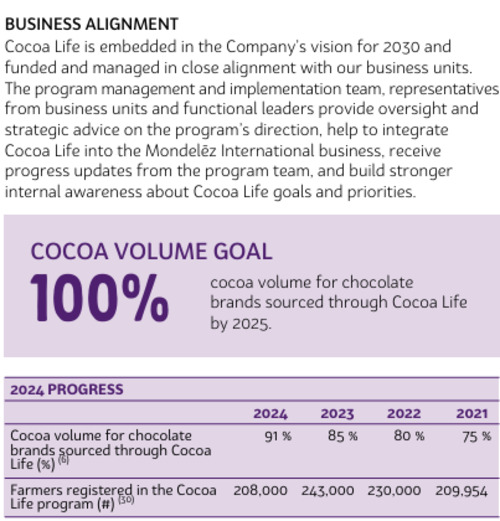
Provide measurable data on your company’s ESG initiatives.
For example, report on carbon emissions reduction, diversity hiring statistics, or improvements in supply chain sustainability.
Be transparent about successes and areas for improvement.
4. Governance Structure and Policies
Highlight your governance framework, such as leadership roles, ethics policies, and risk management processes.
Include details on board diversity, anti-corruption measures, and decision-making transparency.
5. Case Studies and Initiatives
Showcase specific projects or initiatives that reflect your ESG values.
For instance, if your company implemented a waste reduction program, provide details on its success, the impact on the environment, and any lessons learned.
6. Goals and Future Outlook
End with a clear vision of where your company is headed in terms of ESG.
Set future targets and outline the steps you’ll take to continue improving and aligning with industry standards.
By structuring your ESG report with these elements, you’ll provide a clear overview of your company’s efforts and demonstrate transparency and accountability to your stakeholders.
Get ESG Certified in Malaysia with One Island Expert Training

One Island offers comprehensive ESG certification services and ESG training in Malaysia, supporting businesses in aligning with global sustainability standards. Our services include:
- ESG Strategy Development: Tailored strategies to align with sustainability goals and regulatory requirements.
- Materiality Assessment: Identifying key ESG factors that matter most to your business and stakeholders.
- ESG Reporting: Creating transparent, industry-standard reports to demonstrate your ESG efforts.
- Certification Guidance: End-to-end support to achieve recognised ESG certification.
- Ongoing Support: Continuous monitoring and updates to keep your business compliant.
ESG Certification Drives Competitive Advantage for Electronics Assembly Firm
Company Z, a medium-sized electronics assembly firm in Penang, Malaysia, supplies components to multinational corporations in automotive and consumer electronics sectors. With increasing demands from global clients for sustainable sourcing and transparent supply chains, Company Z pursued ESG certification to remain competitive, particularly in export markets like the EU and Japan.
Challenges
- Lack of ESG Knowledge & Direction: Management was unfamiliar with ESG frameworks and lacked an internal roadmap.
- Fragmented Data & Weak Reporting: ESG data was not systematically tracked, hindering reporting and compliance.
- Supply Chain Risks: Some suppliers lacked sustainable sourcing credentials, and there was no ESG screening process for vendors.
Solution
- ESG Advisors & Framework Selection: Partnered with a local ESG consultancy to guide the certification process and adopted the GRI Standards and Bursa Malaysia’s ESG Framework.
- ESG Policy Development: Implemented the company’s first ESG Policy, covering environmental management, labour rights, anti-corruption, and governance.
- Data Collection Systems: Introduced a centralised tool to track energy, water usage, GHG emissions, safety incidents, and diversity metrics.
- Supplier Due Diligence Program: Developed a Supplier Code of Conduct and updated vendor contracts with ESG clauses.
- Third-Party Audit & Certification: After 10 months, underwent an independent ESG audit and obtained GRI-aligned certification.
Outcome
- Market Access: ESG certification enabled Company Z to become a preferred supplier to major Japanese electronics firms.
- Client Trust: Published a Sustainability Report, enhancing transparency and earning positive feedback from investors.
- Operational Efficiency: Reduced electricity costs by 12% and diverted 35% of waste from landfills.
- Employee & Supplier Engagement: Increased employee participation in green initiatives and integrated 80% of Tier-1 suppliers into the ESG framework.
Company Z’s ESG journey transformed its mindset and practices, meeting global client expectations and improving its market competitiveness. Leadership commitment, professional guidance, and clear ESG goals were crucial to their success.
Today, Company Z is known for product quality and its strong commitment to sustainability and corporate responsibility.
Conclusion
Adopting an ESG framework helps businesses stay competitive, improve their reputation, and attract investments for long-term success. ESG certification boosts market access, transparency, and operational efficiency while meeting global standards.
For more information on ESG certification and ISO training provider services, contact One Island today and take the first step towards a sustainable future.


